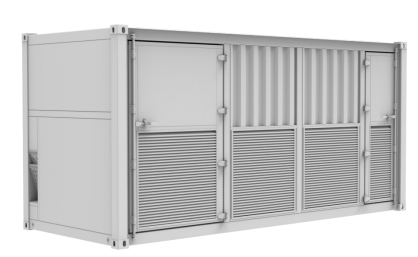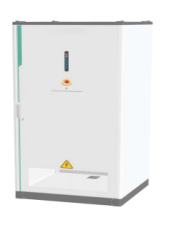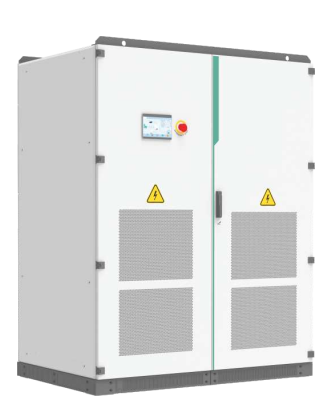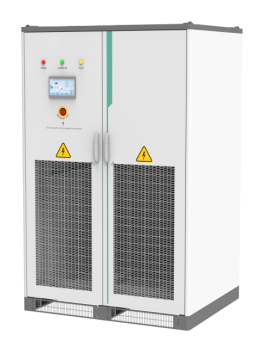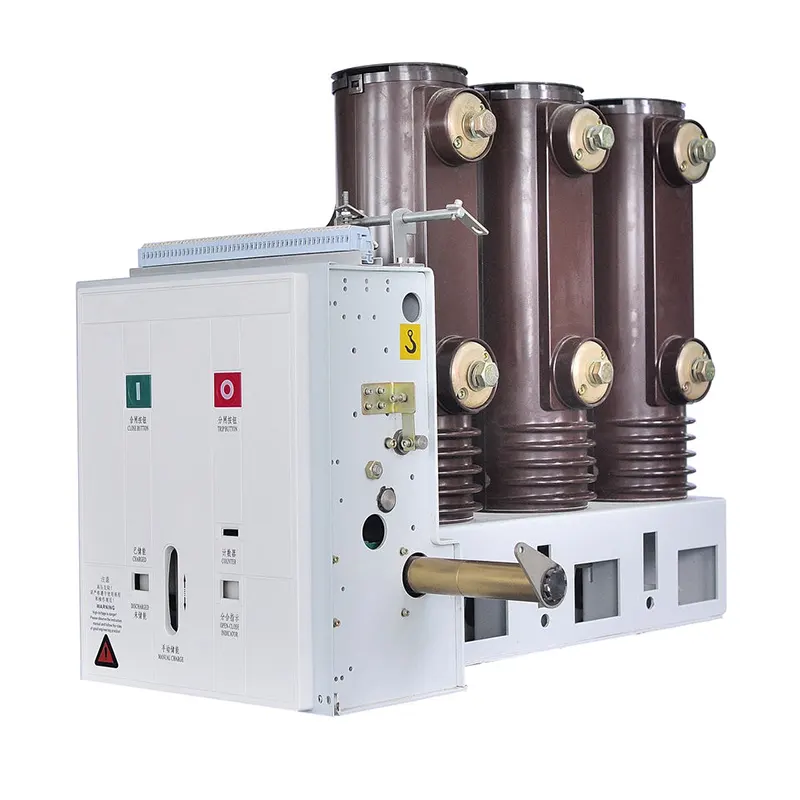 English
English Español
Español  Português
Português  русский
русский  Français
Français  日本語
日本語  Deutsch
Deutsch  tiếng Việt
tiếng Việt  Italiano
Italiano  Nederlands
Nederlands  ภาษาไทย
ภาษาไทย  Polski
Polski  한국어
한국어  Svenska
Svenska  magyar
magyar  Malay
Malay  বাংলা ভাষার
বাংলা ভাষার  Dansk
Dansk  Suomi
Suomi  हिन्दी
हिन्दी  Pilipino
Pilipino  Türkçe
Türkçe  Gaeilge
Gaeilge  العربية
العربية  Indonesia
Indonesia  Norsk
Norsk  تمل
تمل  český
český  ελληνικά
ελληνικά  український
український  Javanese
Javanese  فارسی
فارسی  தமிழ்
தமிழ்  తెలుగు
తెలుగు  नेपाली
नेपाली  Burmese
Burmese  български
български  ລາວ
ລາວ  Latine
Latine  Қазақша
Қазақша  Euskal
Euskal  Azərbaycan
Azərbaycan  Slovenský jazyk
Slovenský jazyk  Македонски
Македонски  Lietuvos
Lietuvos  Eesti Keel
Eesti Keel  Română
Română  Slovenski
Slovenski  मराठी
मराठी  Srpski језик
Srpski језик
Three Phase Circuit Breaker
Send Inquiry
DAYA Three Phase Circuit Breaker Details
A three pole breaker typically supplies 480 Volts of Alternating Current (VAC) to connected devices or equipment. As its name implies, it uses three wires for power delivery through three separate switches. In comparison, a single-pole breaker will often only supply about 120VAC for three-wire terminals and 240VAC for two hot wires.
Secondly, 208 volts is derived from a 3-phase system where the transformers are connected in a Wye configuration. Thirdly, 208 volts can be used in a double pole, single phase circuit where the voltage potential is 208 volt between phases, or in a 3 pole, 3-phase circuit with 208 volts between each phase. .

DAYA Three Phase Circuit Breaker Parameters
A three pole breaker typically supplies 480 Volts of Alternating Current (VAC) to connected devices or equipment. As its name implies, it uses three wires for power delivery through three separate switches. In comparison, a single-pole breaker will often only supply about 120VAC for three-wire terminals and 240VAC for two hot wires.
DAYA Three Phase Circuit Breaker Advantages
Custom Three Phase Circuit Breaker can be customized to fit your specific application requirements while reducing maintenance costs and improving reliability.
Highly Customizable
Gear is configured to meet any system or application need
Low Maintenance
Switches and fuses never need adjusting, programming, or dielectric testing
Resilient Design
Utility-grade design withstands time and the elements
Hassle-Free Installation
Preassembled and simpler construction requirements
Lower Total Cost of Ownership
Lower up-front and maintenance costs than metal-clad switchgear
Improved Reliability
Fuses offer faster fuse-clearing time and reduce system stress compared to circuit breakers



